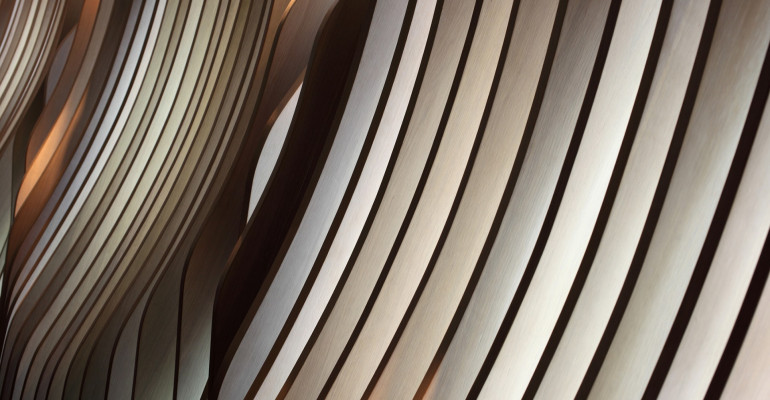
The aesthetics of luxury still mean using rare materials, textures produced by nature over thousands of years that are warm to the touch and in hues arousing feeling. Characteristics and effects that join contemporaneously in the intelligent use of a single, no less exalted material: porcelain tile. Elements as old as the world ennoble it: earth, water, fire and, especially, the ingenuity of man and centuries of experience in transforming natural elements into beauty.
After a few technological revolutions, this simple element has come back in a new, intriguing version. Not only is it able to perfectly imitate marvelous rarities of nature but also make them versatile and practical for any architectural project or whatsoever creativity.
Whether it be marble, wood, certain cement mortars or even textiles, the porcelain version has a lot to say in any kind of environment, starting from how faithfully the original material is reproduced: perfectly non-repeating visible or tactile shading or veining, or even reproductions of ancient artisanal processing. Then there’s its versatility of use in both prestige exteriors and interiors with lengths, widths, and thicknesses facilitating every step of installation on the worksite, or its exceptionally high-level practical and visual effects: consider that the elements of the extra large size can be as large as 3 meters high by one and a half wide and it can cover and be cut in classic interior curved surfaces such as bathroom or kitchen tops, or domestic or hospitality spas.
This modern, technological reinterpretation offers the creativity of a project designer an ideal material to combine with a quantity of styles, whether industrial and metropolitan, classical or minimalist. And all without giving up two key components of any contemporaneous project: perfect environmental sustainability and a rigorous cost analysis of material cost and quality.
by Ilenia Girolami



